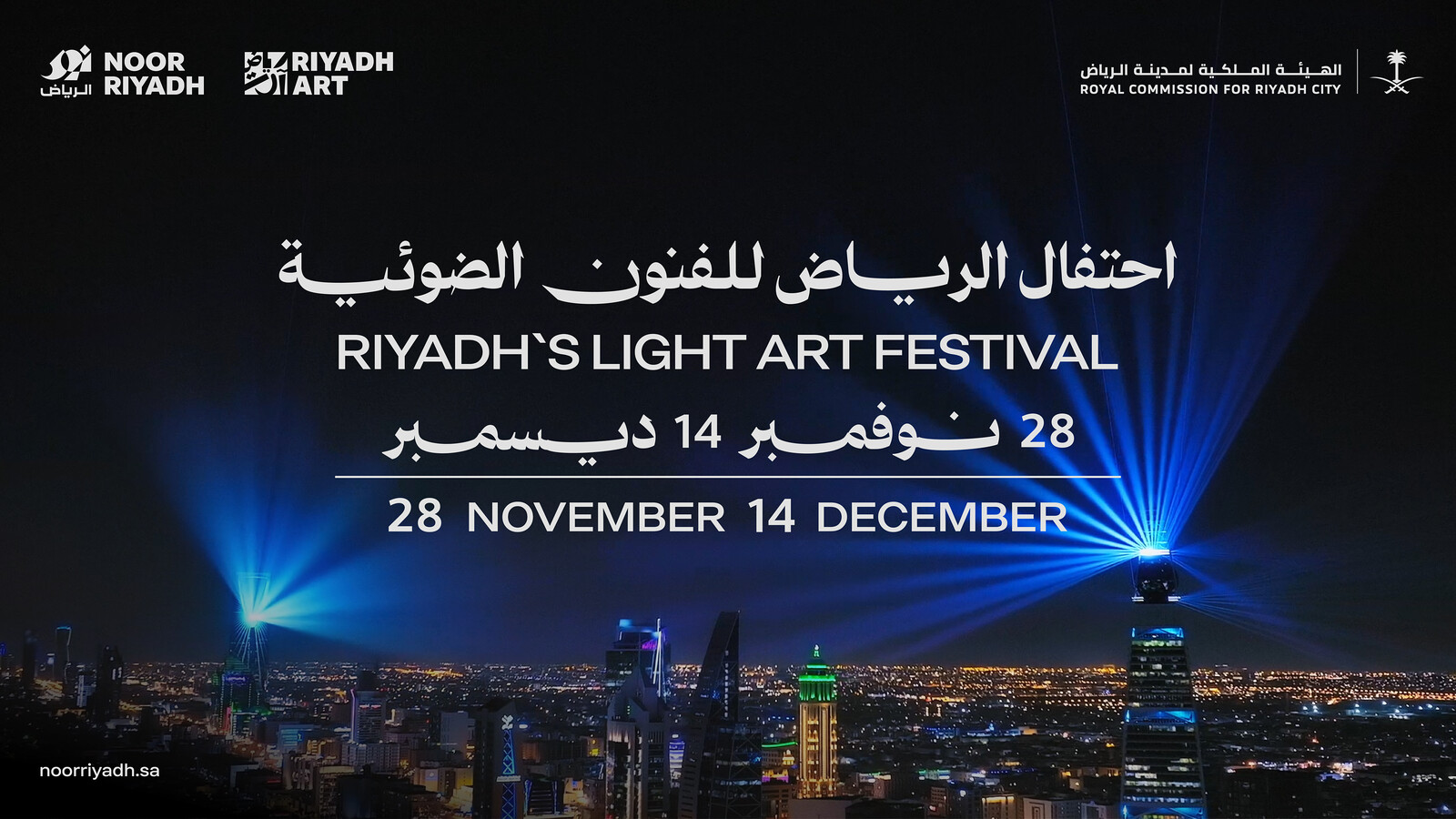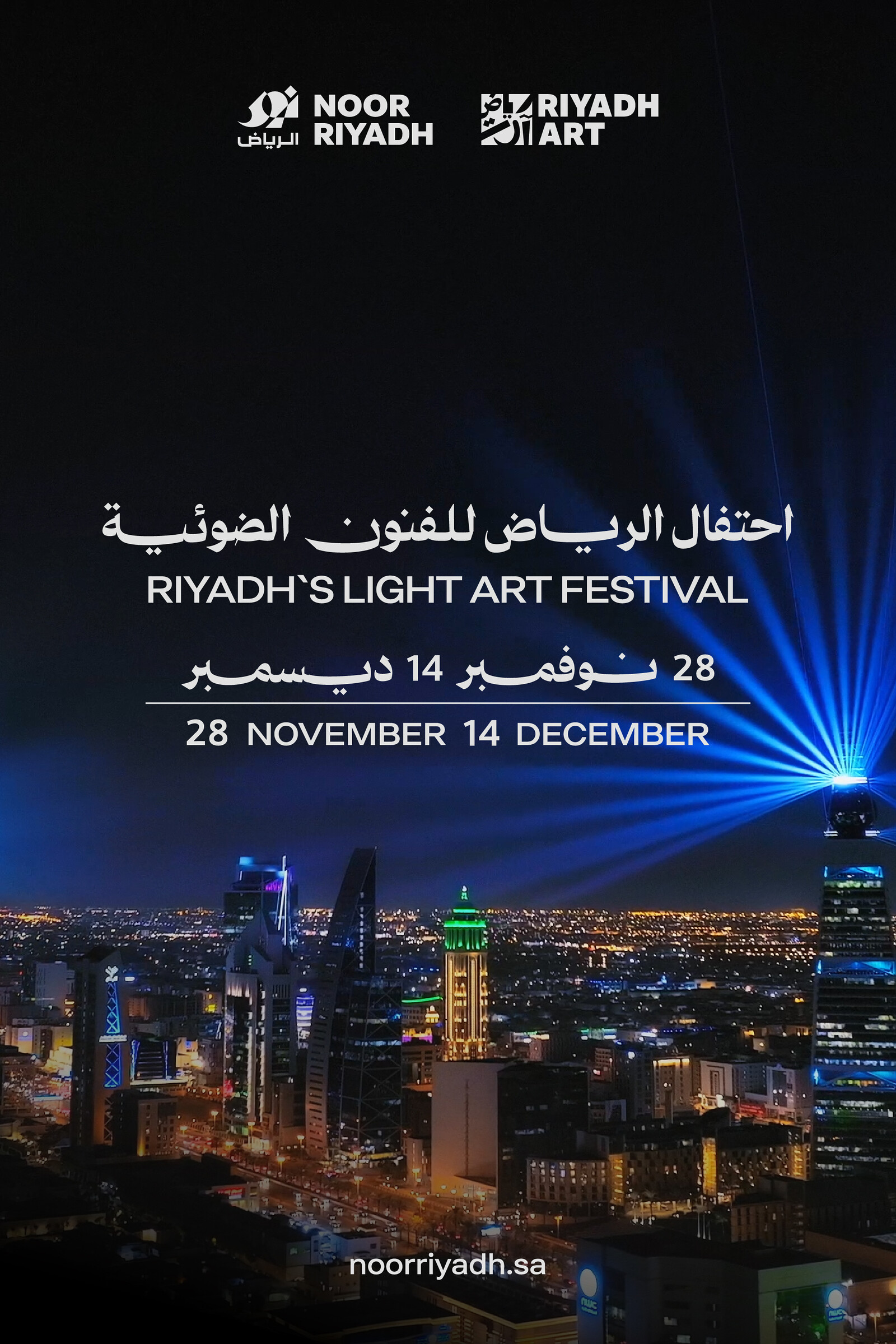Krimiseries:
Evidence, Narrative and the Forensic Imagination
26 June – 26 September 2010
421 Ridout Street North
London ON N6A 5H4
While the intensification of forensic detail in contemporary media has dramatized renewed conviction in the infallibility of science, popular consciousness has simultaneously sustained a deepening scepticism of claims to objective truth. Reflecting multiple excavations of meaning, whether popular genres or the expanding field of scientific and historical reinterpretations – all highlight a broad slippage of codes, or at least, their ciphers. Within a post-symbolic climate, “crime-solving” has become a central cultural trope.
Krimiseries highlights a series of contemporary installations that reflect this attentiveness to documentary evidence and the potential for latent meaning. Curated by Shauna McCabe, the projects of Raqs Media Collective (IN), Deimantas Narkevicius (LT), Stih & Schnock (DE), Mac Adams (US), and Susan Schuppli (CA) take as their impetus a shared critical stance, seeking to underscore the elusiveness of meaning and contingency of interpretation. Each work suggests lingering ambiguity, subtly transposing detection and reconstruction as methodologies within creative practice.
Subjecting visual and semiotic givens to scrutiny in order to recount more existential mysteries, each work reflects a broader forensic impulse. Working with elements of myth, memory and imagination, the artists engage nested perceptual imaginaries within cultural fragments. As much poetic as empirical, the forensic imagination revealed imbues evidence with story, highlighting the ways in which both fiction and fact are socially constructed.
Projects:
The work of Welsh-born, New York-based artist Mac Adams spans photography, sculpture, and public installation. Adams has often used idioms of popular gothic and noir genres to foreground deep-seated semiotics and possibilities for contradictory, unresolved interpretations. The photographic diptychs from the Mysteries series (1974-81) featured in Krimiseries use techniques of juxtaposition and allegory to convey their theme – violence – and involve the viewer as witness and participant in the reconstruction of event, chronology, and possible crime.
Berlin-based Renata Stih and Frieder Schnock have produced an interdisciplinary body of work engaging questions of collective memory, history and social justice. Much of their work explores how memory functions in the public sphere, in projects like Places of Remembrance (1993), Bus Stop (1994/95), Show Your Collection (2008) and The Art of Collecting – Flick in Berlin (2004). In their current installation, Traces, they work with the collection of Museum London to explore the potential of cultural artefacts to suggest narrative and plot, and activate associations of excessive and obsessive energy.
Working within the domains of video, sound, and interactive media, Canadian artist Susan Schuppli examines new or alternate understandings of relationships between historical media artefacts and events. Her installation Stretch (2008) focuses on the missing or ‘silent’ erasure of 18-½ minutes in Watergate Tape No. 342, addressing ways in which material evidence can offer alternate witness statements to the histories into which they had previously been embedded, producing, in effect, different socio-political configurations.
Lithuanian artist Deimantas Narkevicius has consistently tested the communicative possibilities of film, generating distinctively poetic documentary forms. Connecting past to present, history with personal testimony, Disappearance of a Tribe (2005) presents a cinematic assemblage of black and white photographs depicting his late father. Narkevicius transcends the everyday and biographical with a sense of deeper investigation, remixing documentary material to reassess narratives of modern history and collective identities.
Raqs Media Collective was established in Delhi in 1991 by Jeebesh Bagchi, Monica Narula, and Shuddhabrata Sengupta. While their artistic, curatorial and media practices have become increasingly hybridized, a key concern persists – the creative exploration of open-ended, complex forms of documentation. Initially exhibited at the 2003 Venice Biennale, the five-screen video and sound installation Five Pieces of Evidence subverts expectations of a straightforward crime story, integrating facets of missing persons, street maps, urban myths, and global networks to evoke a sense of multiple, shifting intensities of the city and the elusiveness of simple resolution.



